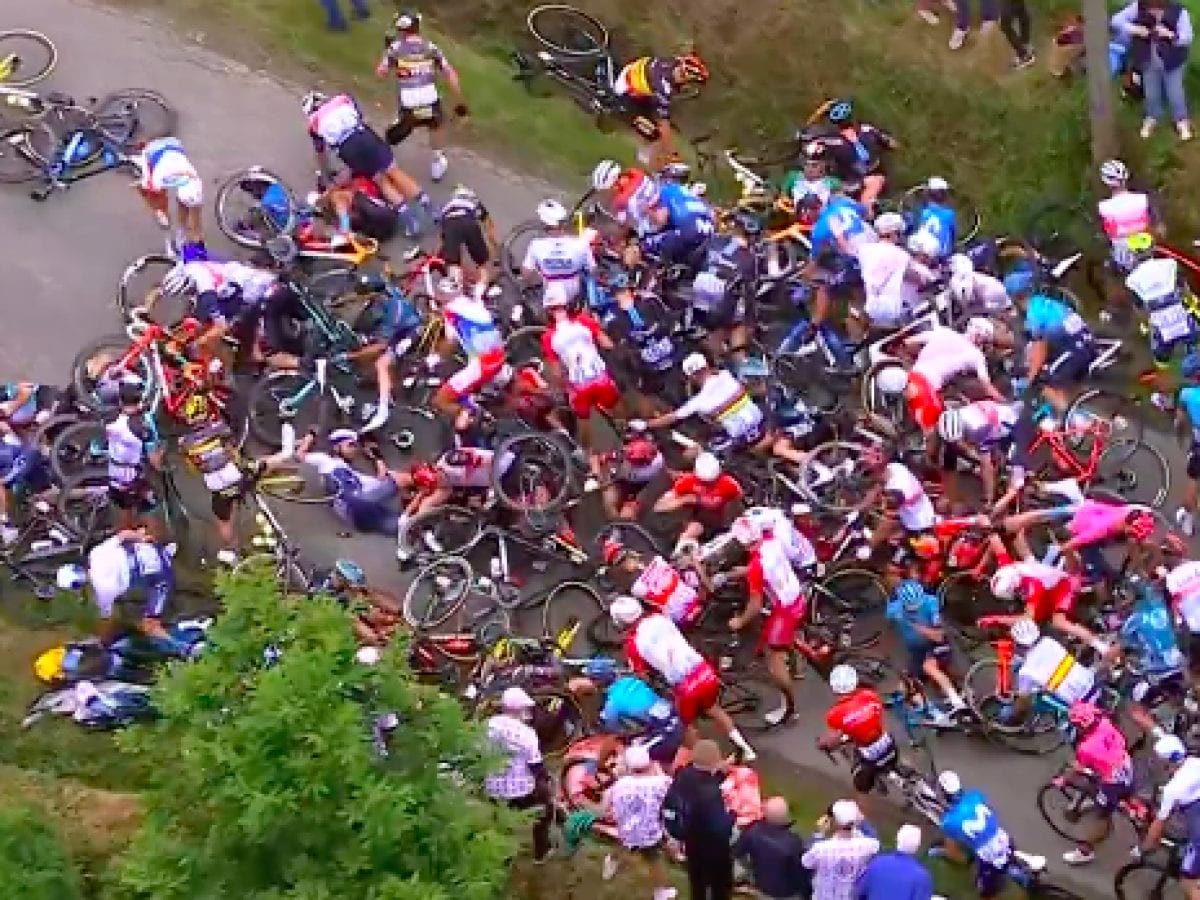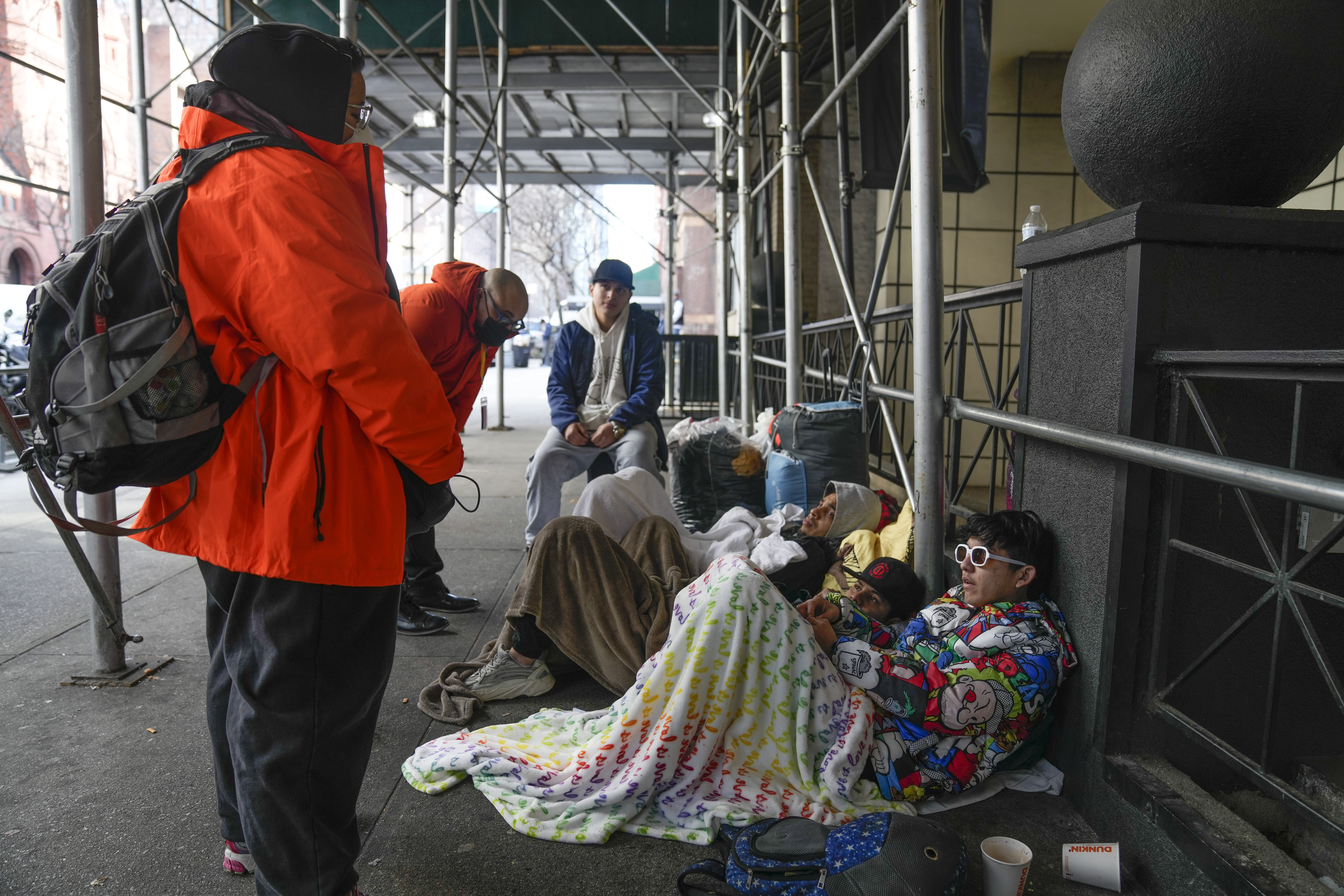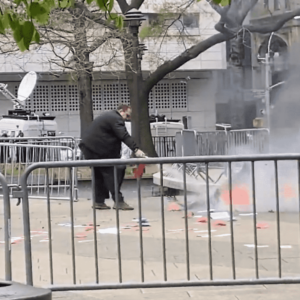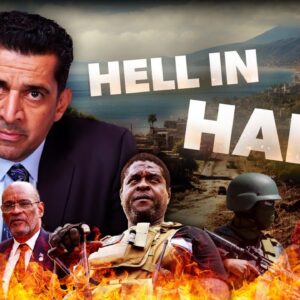Sports reporting is famously addled by clumsy comparisons to war.
References to athletes as “warriors” and “soldiers” come along with comparisons to “battle” and “war” — and it’s a stretch, at best, and insulting at worst.
Then came Saturday’s crash at the Tour de France, which left 21 riders injured.
According to a surgeon who served as a military medical officer and has worked on the Tour for 11 years, the aftermath was, indeed, “like a war zone.”
We’ll leave it to the expert on this one, a crash defined by analysts as the worst in the history of the Tour.
“It looks like a war scene, the same chaos, the same moans, bodies everywhere and tangled machines,” Gilbert Versier told French daily newspaper L’Equipe.
“You can’t imagine so much breakage. In the midst of the commotion, the runners getting up and wanting to start again, the most serious cases must be identified.
“In general, these are the ones who are furthest from the accident site, because they have been thrown.”
Versier was a medical officer, a three-star general, and served in Iraq and Afghanistan.
The crash occurred when a female spectator (still at large), facing away from the cyclists holding a sign, obstructed rider Tony Martin and triggered a crash involving up to 50 other riders.
British rider and former Tour champion Chris Froome was in the wreck but managed to finish the stage before going to the hospital.
“In a split second there were 50 or 60 of us all on the ground,” Froome said Saturday night from the hospital.
Cyclists don’t want to quit – especially on the race’s second day – and employ the andrenaline to continue.
“Even seriously affected riders,” Versier said, “such as Spaniard Marc Soler, both elbows fractured … or Swiss Marc Hirshi, his right shoulder completely disjointed, manage to finish.”


















Add comment